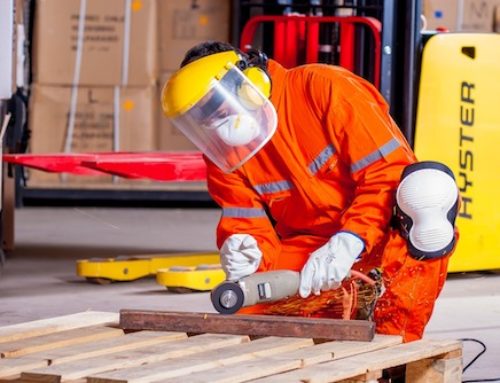What does ISO 45001 say about Australia’s Safety Management?
Since 2001, Australia and New Zealand have used the AS/NZS 4801 Occupational health and safety management systems as the premier WHS Standard.
The majority of Australian businesses that had WHS Certification were certified to this standard, with a minority certified to OHSAS 18001, originally a British standard but used in many countries.
All this has changed with the adoption of ISO 45001:2018, which is now the accepted WHS standard worldwide, and has led to the cancellation of OHSAS 18001. In Australia, migration from AS/NZS 4801 to ISO 45001 is voluntary at this stage because it is referenced in some pieces of legislation and in some government contracts.
The AS/NZS 4801 OHS Management System Standard was written nearly 20 years ago so it was in need of change. And ISO 45001 provides the update we were waiting for. It:
- Makes integrated management system compliance simpler and more efficient because it shares the same structure and terminology as ISO 9001 and ISO 14001.
- Makes it clear that leadership is central to the planning, support, operation, performance, and improvement of WHS.
- Has enhanced AS/NZS 4801 requirements (for example, consultation and participation of workers, planning actions to address risks and opportunities, hazard identification, management of change, emergency preparedness and response).
ISO 45001 has built upon the Australian and New Zealand standard, and is now rightly regarded as the gold standard. The rest of the world have stood on Australia and New Zealand’s shoulders.
Unfortunately, this does not mean that Australia leads the world in workplace safety.
In 2019, Safe Work Australia found that we had 1.1 work-related deaths per 100,000 workers a year, down from 3 per 100,000 in 2007.
This compares very favourably with the USA (3.5 per 100,000), but poorly to the United Kingdom (0.5 per 100,000), Denmark (0.7 per 100,000) and Germany (0.6 per 100,000).
(It should probably be noted that COVID-19 will lead to a huge spike in workplace deaths throughout the world in 2020 – there are already far too many dead health workers in Europe and the USA. This has not been a prominent issue in Australia thus far, and let us hope that we avoid those catastrophies).
Of course, the nature of the work force could mean that we are not really comparing apples with apples when looking at the statistics. For example, haven’t we got more miners per 100,000 workers than they do in the UK? The answer is yes, but…mining in 21st century Australia is nowhere near as dangerous as you might think. Mining sits somewhere in the middle when it comes to “most dangerous industries” in Australia. The most dangerous industries are transport and agriculture.
There are a whole lot more transport workers in the UK, although we have more agricultural workers, by a relatively small number.
So why are our stats worse than the UK’s?
The answer is complex, and not entirely clear, but there is one overwhelming conclusion: IT JUST ISN’T GOOD ENOUGH.
Beating the USA in this statistic might sound good, but US Labour Laws are considered very weak by European standards. Despite what the US thinks, and we know they think they lead the world in just about everything, they are not world leaders in workplace safety.
Australia should be comparing itself to Europe, which is leading the way in safe work practices.
So, what can we do to improve?
Practice what we preach, for starters…we have had a world leading WHS standard for many years before the rest of the world caught up.
We don’t always walk the walk, however.





